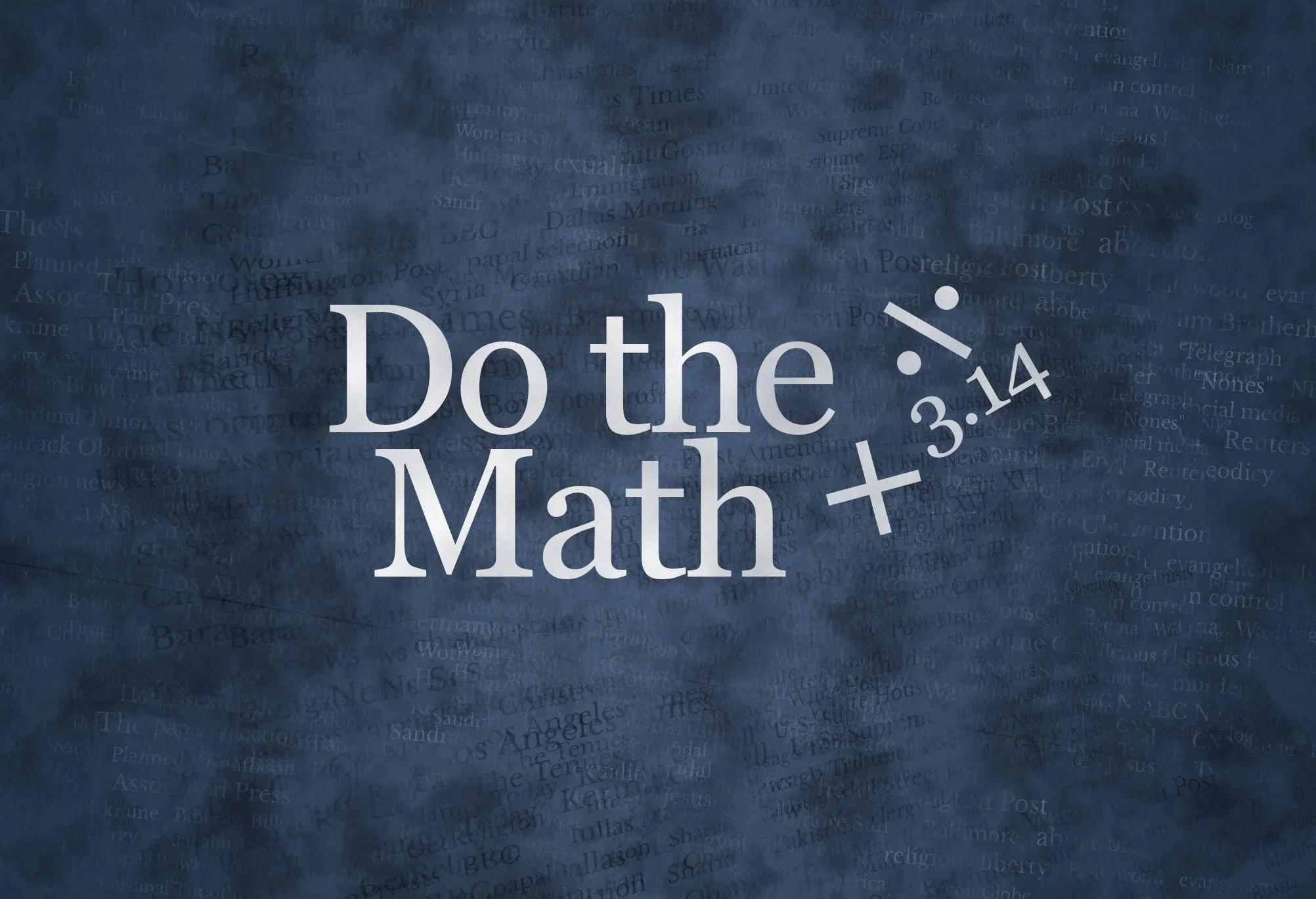One of the trends I have been tracking a bit recently is the concept of “cultural Christianity.”
There’s really no settled definition of what it means, but I’ve always conceived of it as people who like the idea of being Christian without all the obligations or attachments of being part of a local church community. In other words — religion without all the hard stuff.
Once upon a time — especially in the American heartland — it really helped to be a member of a religious flock, to one degree or another. It was good for business. It offered positive social ties, especially if your pew was in a respectable mainline church. Those days are gone in many, many zip codes.
But here is the Big Idea for this post: There seems to be two competing forces in American politics and religion. The first is that we are becoming more religiously polarized — the rise of the nones on the left, but also the consistent strength of those conservative religious traditions on the right. However, a countervailing narrative is that despite that bifurcation of faith in the United States, Americans still have an overriding deference to religious expression — especially if it's the Christian religion.
The starting point for this post is a graph with a strong political-news hook.
Democrats who leave religion behind, just walk from all of it. Among those who never or seldom attend religious services, just 10% say that religion is very important. That hasn’t changed in the last 14 years.
However, among Republicans who never or seldom attend religious services, the share who say that religion is very important has risen from 17% to 27%.
Attention journalists: It’s this fusion of conservative political ideology and religious identity — without the behavior part — that is really worth watching, especially in GOP primaries where voters have more options (think, other than Donald Trump in recent years).
Now, let’s connect the dots to another trend.
In the wake of Tucker Carlson being pushed off camera by Fox News and Don Lemon being ousted from CNN, I wanted to take a look at media consumption patterns for different religious traditions. This is one of those graphs that I could write about for weeks.
So many little data points to tease out.
Obviously right-leaning Americans are more likely to watch Fox News and left leaning groups are more inclined to consume MSNBC. But, I think it’s really interesting that groups like Muslims and Hindus really enjoy CNN. Notice, too, that Black Protestants consume a lot of legacy news (ABC/CBS/NBC).
Now, connect that with this. For my money, one of the most consequential stories in American religion is that young women are now just as likely to have no religious affiliation, compared with young men.
This is something that has never been true as long as we have had empirical data. However, this was just an assumption that social science pros have always held — women are more religious than men.
Some data from the last few years is starting to question that belief, though. Now, among young adults, that gender gap has disappeared completely.
Anyone who has been part of the leadership core in a church knows that women tend to carry the load when it comes to organizing events, teaching Sunday School, volunteering for hospitality roles, etc. If more women are leaving religion behind, it’s going to make it even harder for these churches to keep the doors open in 30 or 40 years. Yes, it will be important to contrast the numbers between single women and those who are married.
Sometimes I make a graph that makes a lot of people mad. This is one of those graphs.
What we have here is what the professionals call a “condensed symbol.”
The Texas legislature was working on a bill that would require the Ten Commandments be posted in every classroom in the state. I didn’t have data on that specific question, but I did have a question about whether that should be allowed, so I tweeted that out.
Come to find out, lots of folks are fine with the possibility of religious symbols being placed in public schools.
The backlash, of course, was in the difference between “allowed” and “required.” I know that they are not the same thing, but that doesn’t mean we can’t learn something about public opinion by looking at responses to the other “allowed” question.
I will end with a graph about the religious attendance patterns of people who identify as “very liberal.”
It was pretty surprising to me how little the overall trend lines shifted for most categories. In most cases, it was just a few points in either direction. However, the share who never attended just skyrocketed. In 2008, 40% of very liberal people said that they never attended. In 2022, it was 60%.
The math, in this case, is linked to many newsworthy trends.
I think this is just more evidence of how religious polarization is going hand in hand with political polarization. It’s hard to be very religiously devout and very liberal, in this day and age — especially in an era in which many “political” issues are linked to culture, morality and religion.
Something has to give. And, it looks like it’s the religion that is changing more than the politics, especially in the "cultural Christianity" middle and on the left.
FIRST IMAGE: Uncredited illustration with “When Christianity came to America it became a business” feature at the Until All Have Heard weblog.


